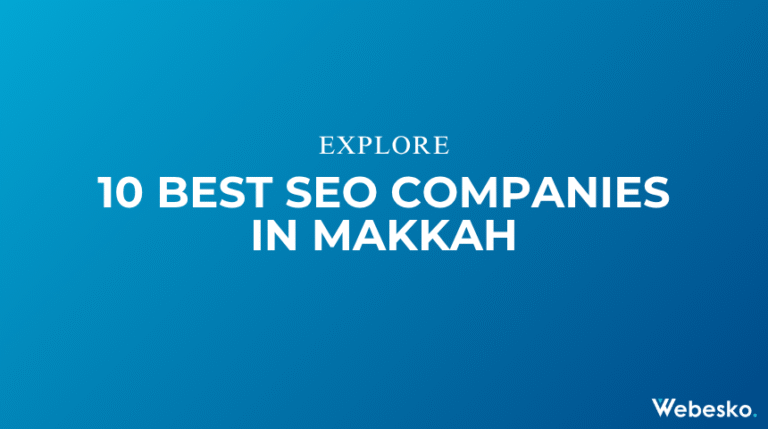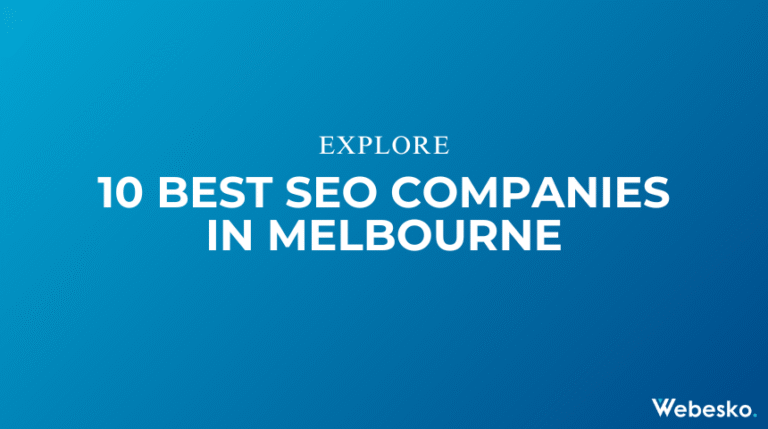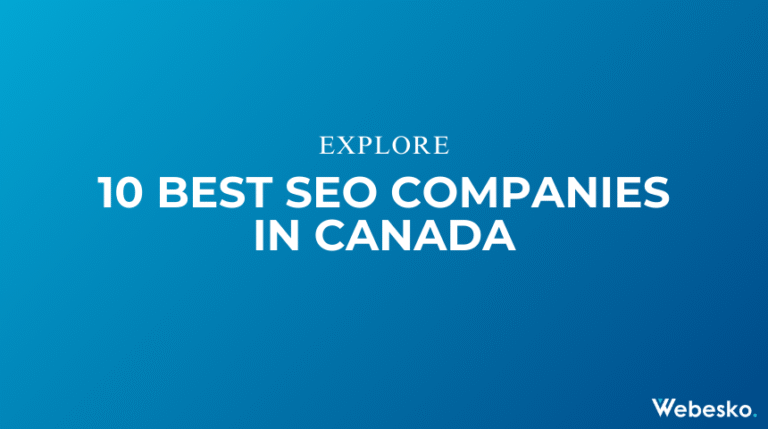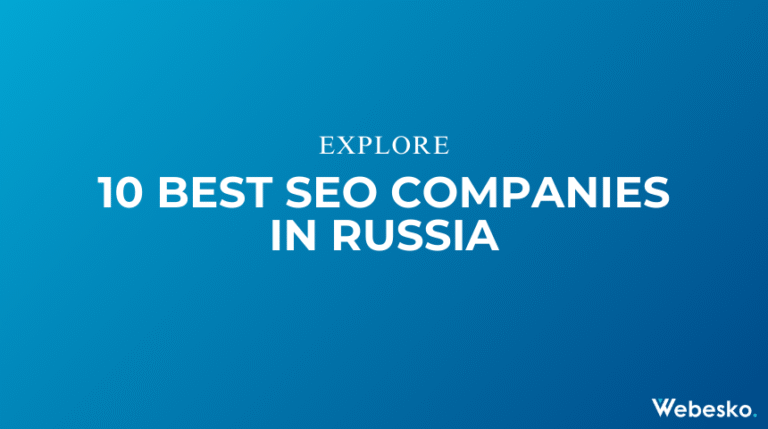GEO vs SEO Explained
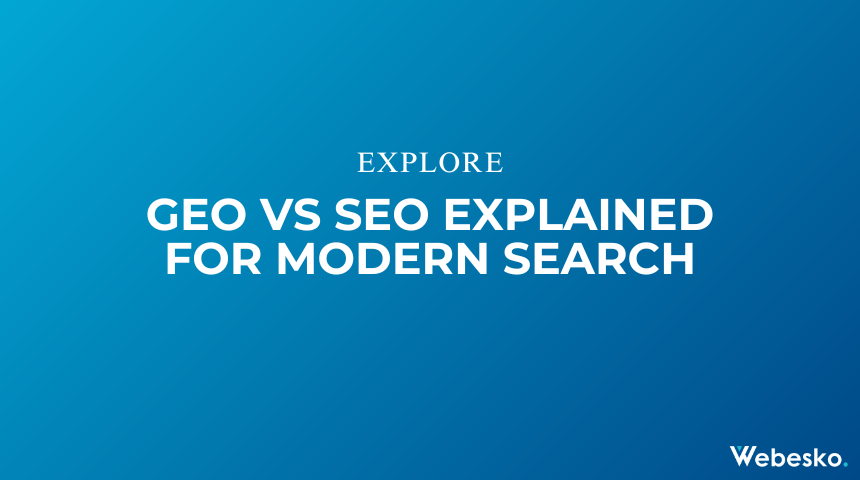
Search is changing fast. Traditional search engine optimization (SEO) still drives valuable organic traffic from Google and Bing, but generative engine optimization (GEO) is emerging as AI search experiences like ChatGPT, Perplexity, and Google AI Overviews summarize answers and cite sources.
This guide explains the difference, shows where they overlap, and gives you a practical framework to win in both channels.
Key takeaways:
- SEO optimizes for ranking on search engine results pages (SERPs); GEO optimizes for being selected, summarized, and cited by AI systems.
- GEO favors structured answers, verifiable claims, and machine-readable context; SEO favors topical authority, links, and search intent coverage.
- A hybrid strategy boosts visibility across web results, AI overviews, and answer engines.
What SEO Means Today
Search engine optimization improves visibility on SERPs for queries across Google, Bing, and privacy-first engines like DuckDuckGo. The core entities include:
- Search engines: Google, Bing
- Ranking factors: content relevance, backlinks, page experience, internal links, E‑E‑A‑T (experience, expertise, authoritativeness, trust)
- Technical attributes: crawlability, indexation, Core Web Vitals, schema markup
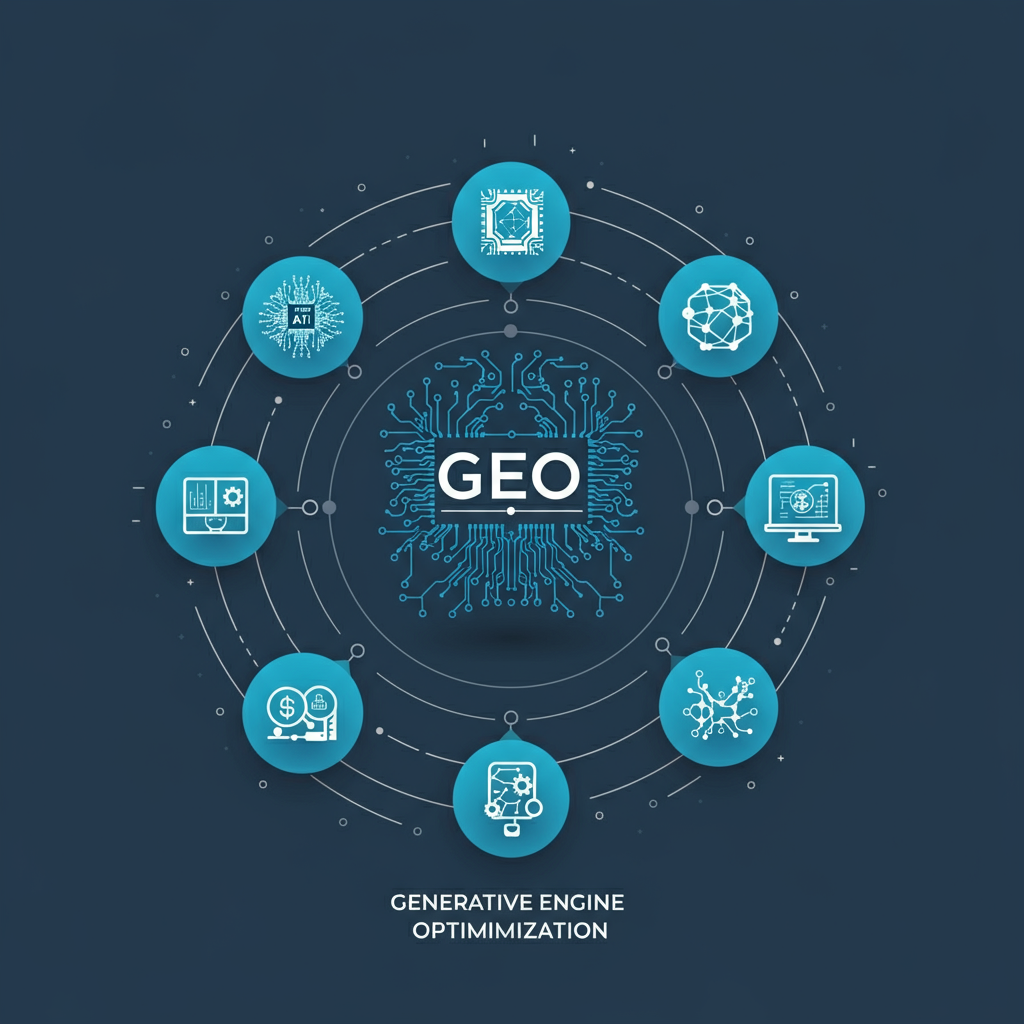
How SEO Works
- Crawl: Bots discover URLs via sitemaps, links, and feeds.
- Index: Content gets parsed, stored, and categorized by topic and entity relationships.
- Rank: Algorithms evaluate relevance, authority, and user signals to order results.
Proven SEO Tactics
- Keyword research: Map primary and long-tail queries by search intent (informational, navigational, transactional).
- Topical authority: Build clusters with pillar pages and internal links across a semantic field (e.g., “coffee brewing methods,” “French press vs. pour-over,” “grind size chart”).
- On-page optimization: Clear H1–H3 hierarchy, descriptive anchor text, optimized titles and meta descriptions, image alt text, and FAQs.
- Technical SEO: Fast load times, mobile-first design, structured data, canonical tags, XML sitemaps, and robots directives.
- Link earning: High-quality editorial links from relevant publications, digital PR, and original research.
What GEO Means Now
Generative engine optimization improves the odds that large language models (LLMs) and AI answer engines select, summarize, and cite your content. The key entities and attributes include:
- AI engines: ChatGPT, Perplexity, Google AI Overviews, Microsoft Copilot
- LLM behaviors: retrieval-augmented generation (RAG), citation policies, source scoring
- Content attributes: factual density, structured steps, definitions, data tables, verifiable claims
How GEO Works
- Retrieval: AI agents fetch candidate sources based on relevance and authority signals.
- Synthesis: Models generate a concise answer, often combining multiple sources.
- Attribution: Some platforms cite links inline or in footnotes; others summarize without prominent links.
GEO-Focused Tactics
- Direct answers first: Lead with a concise, fact-rich summary and follow with detail.
- Structured formats: Use HowTo, FAQ, Definition, Pros/Cons, Steps, and Comparison blocks.
- Machine-readable clarity: Consistent headings, bullet points, and labeled sections help extraction.
- Evidence and provenance: Include dates, methods, and explicit sources for numbers and claims.
- Schema markup: FAQPage, HowTo, Article, Product, Organization, and Person schemas reinforce meaning and entity relationships.
- Distribution footprint: Publish and syndicate summaries on platforms frequently crawled by AI (e.g., LinkedIn posts, GitHub READMEs, forum threads, Q&A sites).
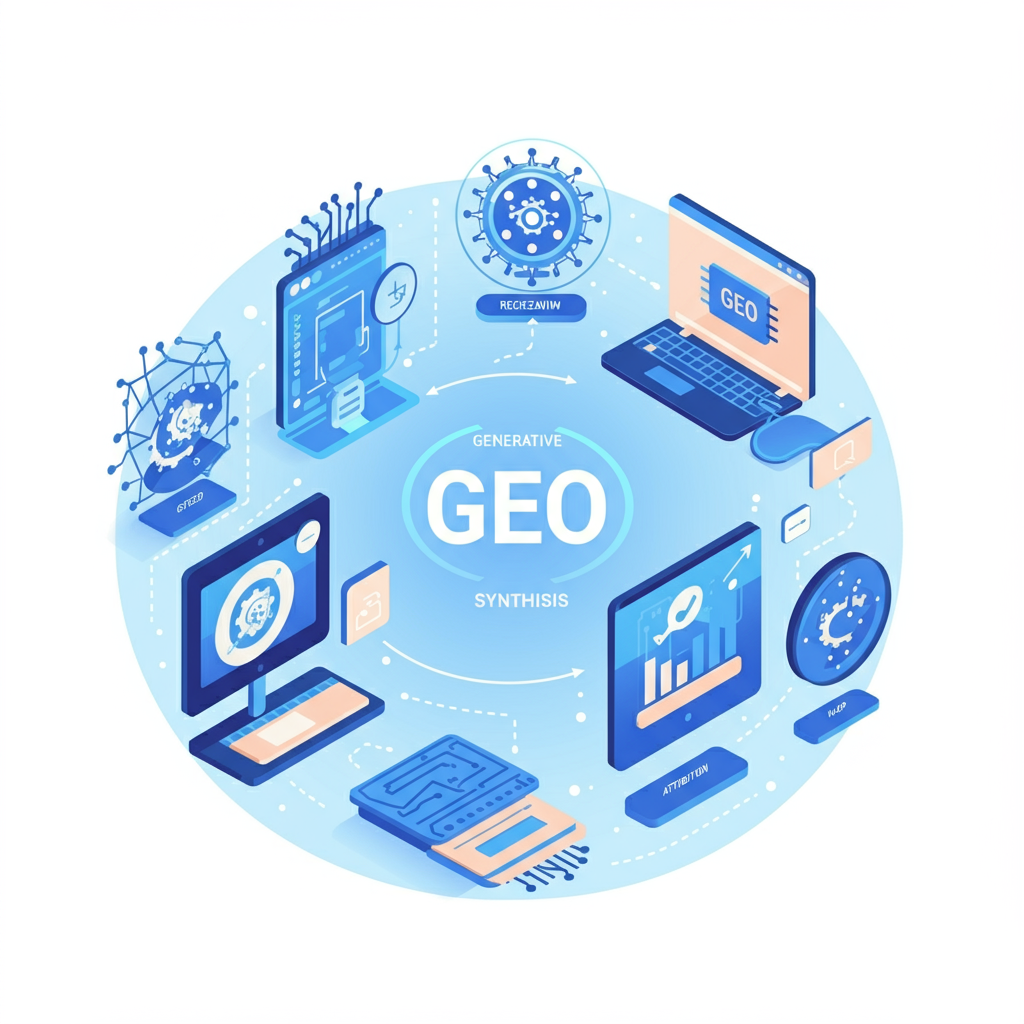
GEO vs SEO: Core Differences
Target and Outcome
- SEO: Targets human searchers via SERPs; success is rankings, clicks, conversions.
- GEO: Targets AI answer engines; success is citations, inclusion in summaries, and brand mentions.
Content Signals
- SEO: Intent match, comprehensive coverage, link authority, on-page optimization.
- GEO: Extractable snippets, succinct definitions, tables and step lists, explicit sources and dates.
Measurement
- SEO KPIs: Impressions, clicks, CTR, rankings, organic revenue, assisted conversions.
- GEO KPIs: Citation rate in AI answers, brand mentions in AI summaries, referral traffic from AI platforms, share-of-voice in answer boxes.
Semantic SEO Foundations That Power Both
Semantic SEO helps machines understand entities, relationships, and context. It strengthens SEO and GEO together.
Entity-First Content Modeling
- Identify primary entities: “Generative engine optimization,” “search engine optimization,” “Google AI Overviews,” “ChatGPT,” “E‑E‑A‑T.”
- Map attributes: purpose, methods, metrics, pros, cons, tools, and workflows.
- Define relationships: GEO relates to LLMs, RAG systems, and citations; SEO relates to SERPs, ranking factors, and links.
Topic Clusters and Internal Linking
- Build a pillar page on “GEO vs SEO” and link to subpages: “GEO tactics,” “AI citation optimization,” “Schema for AI answers,” “Topical authority for SEO.”
- Use descriptive anchors like “GEO citation strategies” rather than “click here.”
Structured Data and Content Blocks
- Add schema for Article, FAQ, HowTo, and Organization.
- Format content into labeled sections that AI can parse: “Definition,” “Steps,” “Checklist,” “Stats,” “Examples.”
Practical Framework: A Hybrid GEO + SEO Playbook
Research and Planning
- Query Landscape
- Identify search queries (Google) and answer intents (AI engines).
- Group by intent and stage: awareness (informational), consideration (comparison), decision (transactional).
- Entity Mapping
- List entities to cover; define each with a one-sentence summary.
- Note synonyms and n-grams: “generative engine optimization,” “AI search optimization,” “answer engine optimization,” “semantic SEO,” “AI overviews.”
- Evidence Sourcing
- Collect primary sources, datasets, and case studies.
- Record publication dates and methodologies for credibility.
Content Production
- Lead with the Answer
- Open with a 2–3 sentence summary that directly addresses the query.
- Expand with Structure
- Use H2/H3 sections, numbered steps, bullet lists, and comparison tables.
- Enrich with Proof
- Add recent stats, quotes from experts, small original research (surveys, benchmarks), and screenshots or diagrams.
- Add Machine Cues
- Include schema markup, glossary definitions, and consistent label patterns (e.g., “Definition,” “Steps,” “Metrics”).
On-Page Optimization
- Titles and Snippets
- Keep titles under 60–70 characters, include target keywords, and write compelling meta descriptions.
- Semantic Markup
- Use FAQPage and HowTo where relevant; mark up author, datePublished, and organization to support E‑E‑A‑T.
- Media Optimization
- Alt text with entities (“diagram of GEO vs SEO workflow”), descriptive filenames, and capt ioned figures for extractable context.
Distribution and Discovery
- AI-Friendly Channels
- Post executive summaries on LinkedIn, community forums, and Q&A sites. Keep the same headings and terms so models can match entities.
- Syndication and Citations
- Pitch guest posts and research roundups; aim for contextual links and explicit brand mentions.
- Social Proof
- Encourage discussion threads that restate your key claims; AI systems often learn from repeated, consistent phrasing.
Measurement and Diagnostics
- SEO Metrics
- Track impressions, clicks, conversion rate, assisted revenue, and page experience metrics (Core Web Vitals).
- GEO Metrics
- Monitor references in AI answers, traffic from AI platforms, and branded query share in AI tools.
- Qualitative Signals
- Save screenshots of AI summaries citing your pages; document which sections are being quoted.
Example Use Case: “Best Way to Brew Coffee”
- SEO approach: Build a comprehensive guide covering grind size, water temperature, brew ratios, and method comparisons; target “best way to brew coffee,” “pour-over vs French press,” and “coffee ratio chart.”
- GEO approach: Start with a two-sentence direct answer; add a numbered “Steps” section, a quick “Ratios Table,” and a “Definition” box for each method. Mark up with HowTo and FAQ schema; include sources for water temperature and extraction science.
Common Pitfalls and How to Avoid Them
Thin Summaries Without Proof
GEO favors concise answers, but unsupported claims reduce selection odds. Add sources, dates, and methods for every key stat.
Over-Optimization for Keywords
Keyword stuffing hurts readability and reduces trust. Use natural language and entity-rich phrases that reflect user intent.
Ignoring Technical Hygiene
Slow pages and crawl issues still limit discovery. Maintain Core Web Vitals, proper canonicals, and clean internal linking.
Treating GEO and SEO as Either/Or
Use one content asset to serve both: answer first for GEO, go deep for SEO. Structure wins twice.
Tools and Workflows That Help
- Research: Google Search Console, Bing Webmaster Tools, keyword tools, entity extractors, and SERP analyzers.
- Authoritativeness: Digital PR platforms, journalist request services, and original data collection (polls, first-party analytics).
- Markup and QA: Schema generators, validators, and automated checks for headings, links, and alt text.
- Monitoring: Rank trackers for SEO; manual sampling and logging of AI citations; analytics for referral traffic from AI platforms.
Actionable Checklist
- Define entities, attributes, and relationships for your topic.
- Map queries by intent for SEO and by answer type for GEO.
- Write a 2–3 sentence direct answer at the top.
- Build sections with H2/H3, steps, tables, and FAQs.
- Add schema (Article, FAQPage, HowTo, Organization).
- Include recent stats with dates and clear sources.
- Publish a summary thread on at least two AI-crawled platforms.
- Track rankings, traffic, and AI citations monthly.
The Future: Converging Signals
As AI overviews expand and SERPs integrate more summarized answers, the line between SEO and GEO will blur. Content that is accurate, verifiable, structured, and fast will earn placement across both traditional results and AI-generated summaries. Brands that build topical authority and produce extractable, evidence-backed content will win share-of-voice wherever users search.
Conclusion and Next Steps
You don’t need to choose between GEO and SEO. Build hybrid pages that:
- Lead with a concise, accurate answer for AI engines.
- Deliver comprehensive, intent-matched depth for human readers.
- Use semantic markup and entity-rich language for machine understanding.
Start by auditing your top 10 pages: add direct answers, refine headings, implement schema, and publish a short summary on a high-crawl platform. Measure both rankings and AI citations, then iterate.


